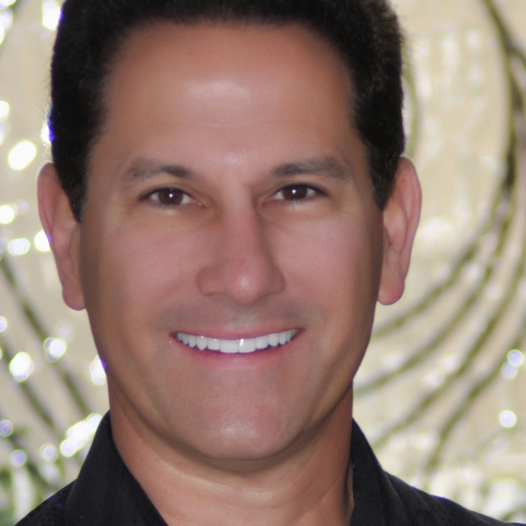Think of the last time you were in deep thought about your plans for the evening while driving home from work. As you pull into your driveway you wonder to yourself, “How did I get home?” The car seemed to practically drive itself home. Driving is a relatively complex task, requiring many choices along the way: turn right, turn left, slow down, stop, and change lanes. Still, driving home can be successfully performed almost subconsciously.
Now, consider the multitude of much smaller choices we make each day that we don’t really think about: waking up, brushing our teeth, saying “good morning” to a colleague, eating our lunch, performing a repetitive job duty, and so on. Subconscious actions are useful most of the time, but we must also consciously choose our emotions to control our reactions.
Here is a scenario that plays out daily in organizations everywhere. Cathy is a leader and coach. Emily is on her team. For the second time in a row, Emily was late turning in her sales status report that is due the last Friday of the month at four o’clock.
This results in her leader, Cathy, having to present incomplete or inaccurate sales projections to her vice president at the monthly sales meeting. Cathy’s blood is starting to boil because this chips away at her personal credibility with her leader. This is no time for an e-mail, so Cathy jumps out of her office chair and starts marching down to Emily’s desk.
Here is a reaction to this situation: “Not again, Emily! This is not that hard to do. Do you realize the situation you are putting me in? What’s your problem?”
Here is a response to this event: “Emily, it is important for the company to communicate accurate sales forecasts to our investors, so that’s why I need your sales status report no later than four o’clock the last Friday of the month. This is the second month in a row you missed the deadline. I am pretty frustrated right now, so I would like to meet Monday and I want you to tell me what needs to change in order for you to consistently meet this deadline moving forward.”
Which one leads to better relationships and better sustained results—a reaction or a response? When you react, you make a purely emotional and subconscious decision. Because of how your experiences and prior choices have programmed your subconscious mind, your reactions often do not help you achieve the best results or maintain positive relationships.
On the other hand, when you respond to a situation, you check your emotions first. You make a constructive and conscious decision. That’s why there are Emergency Response Teams and not Emergency Reaction Teams.
When you react, you make a purely emotional and subconscious decision. Because of how your experiences and prior choices have programmed your subconscious mind, your reactions often do not help you achieve the best results or maintain positive relationships.
On the other hand, when you respond to a situation, you check your emotions first. You make a constructive and conscious decision. That’s why there are Emergency Response Teams and not Emergency Reaction Teams.
Your ability to choose whether to react or respond is a gift. No matter what today’s “it’s not my fault” culture encourages, you are ultimately responsible for your own choices. In fact, we like to write the word “responsibility” as response–ability. As humans, we have the unique ability to respond. It is a choice we make, although too often it’s a subconscious rather than conscious choice:
- When you simply react, your emotional instinct is in control, with little thought of the long-range consequences.
- When you respond, your brain is fully engaged, and your self-awareness is high. You have the long-term consequences in mind.
Let’s say you’re coaching Austin, a team leader, on asking more questions to engage the team instead of giving them the answer. Austin gets defensive and even accusatory toward you since he sees himself as very engaging and you have exposed one of his blind spots. You could easily react to prove you’re right, which would elevate the emotional tenor of the discussion.
Alternatively, with awareness of your own emotions, you realize that the issue is not Austin’s defensiveness, what he said to you, or how his comment made you feel. You simply pointed out a blind spot, and Austin reacted. Your goal is to achieve a positive outcome so you reassure Austin of his signature strengths and remind him of your goal for this discussion—to elevate his leadership. You also remind him that he needs to be a willing participant and be open to your coaching to elevate his game.
You have risen above an emotional reaction and responded with respect, calmness, and firmness. Choosing to respond instead of reacting increases predictability for others and reduces their stress when they interact with us.
The new book The Power of Positive Coaching helps you inspire winning results and relationships.


